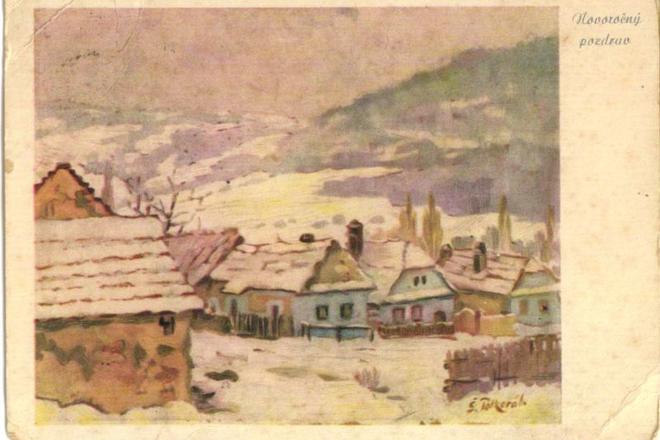THE TOWN of Buková lies in a picturesque area straddling the Small Carpathian and White Carpathian mountain ranges. Even though it was built in the mountains, it was still party to many historical events. The so-called Czech Road passed near the town from the early Middle Ages. This long trade route connected Bohemia and Moravia to the territory of present-day Hungary and traces of the ancient road can still be found in the mountains nearby.
A traditional way for Buková residents to make their living was by burning limestone to make lime. As late as the end of the 19th century, 12 lime kilns operated in the town, usually at the end of summer into autumn. The kiln was filled three times a week and one well-loaded kiln could burn up to 10 wagons of limestone.
The lime was then distributed for sale by local wagons across a wide area. A 19th-century song mentions – in local dialect – the Buková teamsters delivering their lime. It goes something like this: “We were no further than Trnava and they asked us, where are you tramps from? Where else could we be from other than from Biela Hora (White Mountain), where lime keeps burning day and night.”
We can see how Buková looked in the past from this postcard, a print of a 1931 oil painting by artist Štefan Polkoráb.
.


